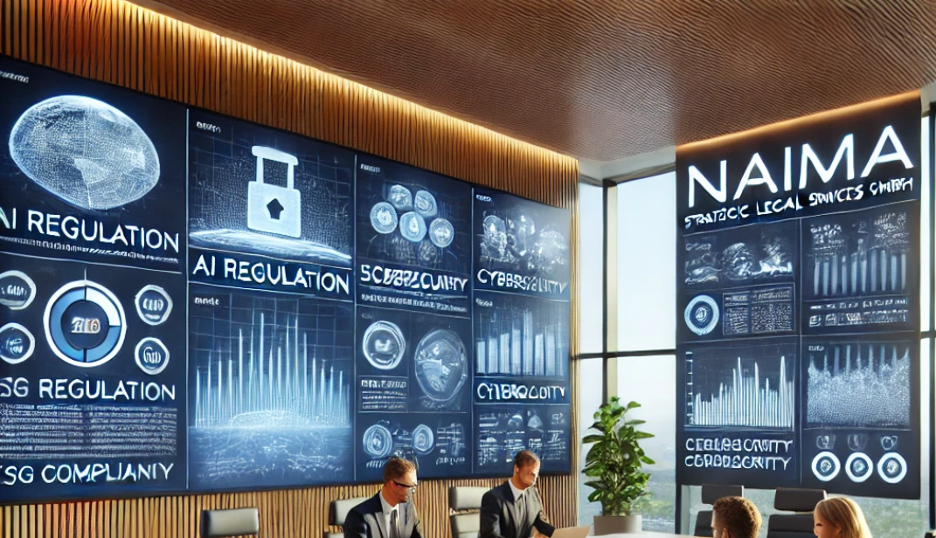Asian corporate leaders are generally more self-effacing than their Western counterparts when handling corporate and legal disputes, preferring to keep conflicts away from the public eye. The passive approach towards tackling crisis communications sometimes borders on avoidance and occasional states of denial.
Nine out of 10 Asian companies I have advised on crisis situations over the past 20 years have never conducted “desktop” dry runs on scenarios before they happened, and most have not developed crisis-communications manuals listing essential procedures to deal with key stakeholders in such situations. Of the rare few who did so, few plans spell out scenarios of potential litigation disputes.
Until now, a typical crisis situation among public companies has revolved around a sudden financial loss or write-off, a hostile takeover, a fatal workplace accident or, increasingly, a boardroom fight or a shareholder requisition to remove directors. And, despite the higher emphasis on governance, there are reports of alleged financial wrongdoing at home or abroad by their overseas units, which may cause them to face criminal proceedings.
The default practice has been to seek legal recourse and worry later (usually at the eleventh hour) about how to communicate with the media and stakeholders. More often than not, chief executives of smaller listed companies stick to formal filings to the exchange, or – at best – a press statement and a print interview, eschewing live television and radio interviews.
The cultural fear of loss of face and weak public-speaking skills leave many corporate leaders in Asia ill-equipped to handle the cut and thrust of press conferences and shareholder meetings held to address contentious issues. The tendency to avoid embarrassing situations deters pro-active crisis planning for a potential media maelstrom in the event of dispute or criminal investigation.
Such crises can damage a brand, as well as the market value and reputations of the corporation and its top executives. It is not uncommon for media engagements to be an afterthought to repair damage; such positioning is essentially defensive rather than strategic.
However, recent global developments and trends may soon jolt Asian bosses out of this reticence and passivity, based on expert views exchanged at a conference of the London-based Crisis and Litigation Communicators Alliance (CLCA) held in Amsterdam last month. CLCA members from Europe, the United States, Asia and Australia gather annually to share best practices for handling media communications during litigation and crises.
Three trends sweeping Asia and the developed world are likely to trigger a sea change in this craft and in the main actors – corporate leaders and their key spokesmen.
The first is the growing scale and sophistication of mass action claims as global business becomes increasingly borderless and multi-faceted. The CLCA heard from a Dutch investor group that was successful in an appeal in an Amsterdam court against a major European bank involving a €1.3 billion (S$1.9 billion)settlement.
Such collective action that is led by associations or foundations is increasing. Their stated aims are often to achieve “optimum return” by representing investors’ interests, clustering strengths, exchanging information and “promoting honest and efficient financial markets”.
Tools and tactics include formal representation in legal proceedings, shareholder meetings and consultations, investment study clubs, political lobbying to Parliament and regulatory bodies, as well as engaging traditional and social media.
Beyond championing investor rights, a second trend is the increase in disputes and mass actions involving issues such as anti-competitive behaviour (usually concerning technological disruption or a recent industry consolidation) and those relating to the environment, human rights and privacy.
The publicity generated recently by Swedish teenage activist Greta Thunberg belies a broader trend of mass action which can spill over to claims related to the environment. Such claims can be targeted at governments as well as corporations.
The third trend is the rise of third-party funding (TPF) at a time when Asian nations such as Singapore, Hong Kong and Malaysia seek to attract more dispute settlements to their respective jurisdictions. TPF involves an entity not directly involved in the dispute funding some or all litigation-related expenses in return for a share of the recovered sum (30 per cent is an oft-cited figure).
At a seminar on arbitration at the Maxwell Chambers and Suites in Singapore that I attended in August, legal experts cited how the Singapore International Arbitration Centre (SIAC) is emerging as a trendsetter. Unlike open courts, arbitration is conducted behind closed doors and is generally considered to offer speedier resolution of disputes. Confidentiality is also preserved.
According to SIAC, it handled 402 new cases, with a total sum in dispute of US$7.06 billion (S$9.6 billion), last year.
In comparison, the Hong Kong International Arbitration Centre – seen as a rival to SIAC – handled 521 cases, with a total sum in dispute of all arbitration cases at US$6.7 billion.
In the same year, Malaysia changed its Arbitration Act 2005, updating its arbitration framework and rebranding the Kuala Lumpur Regional Centre for Arbitration into the Asian International Arbitration Centre that promises similar amenities as Singapore’s but “at a fraction of the costs”.
The trend in Asia mirrors efforts of English-speaking commercial courts in Amsterdam, Frankfurt and Paris looking to attract disputes away from Britain amid the Brexit debate.
Last month, Singapore’s Ministry of Law relaxed rules to allow TPF’s reach to extend beyond international arbitration to include domestic arbitration and certain proceedings in the Singapore International Commercial Court. It is a question of time before other Asian jurisdictions do the same.
The confluence of accelerated global business linkages to Asia, the rising trend of mass action to recover economic rights or champion issues, and the colour of third-party money joining the fray of dispute resolution will soon transform the practice of litigation as well as the litigants themselves.
Reticence may no longer be the preferred status quo. To avoid loss of face, it is time for Asian corporate leaders to be more proactive and put on a braver face to protect their own interests better.
Lai Kwok Kin is the founder of regional corporate strategy and communications firm WeR1 Consultants, the first Asian member of the Crisis and Litigation Communicators Alliance.
This article was first published in The Straits Times on 13/11/2019.








































